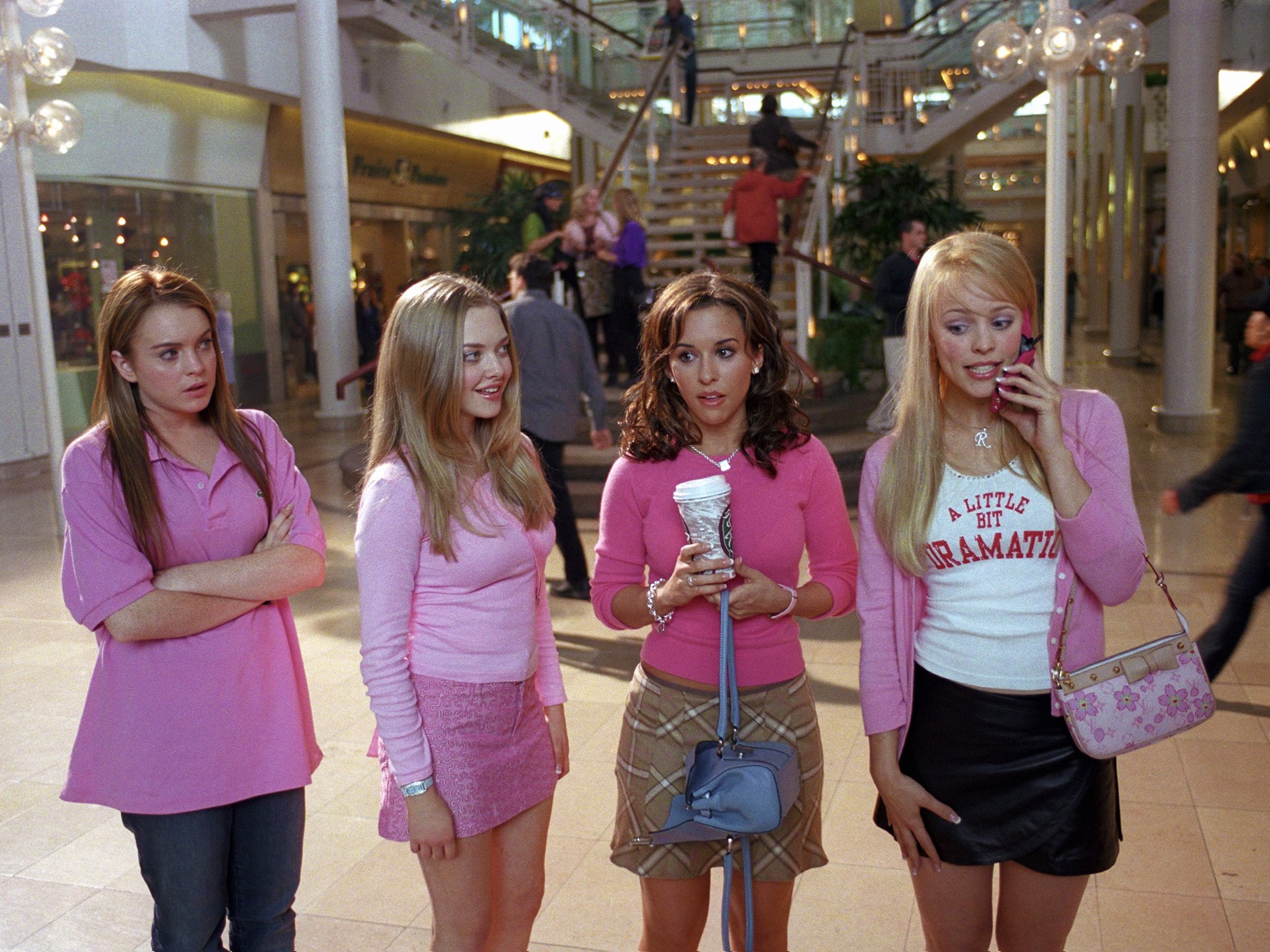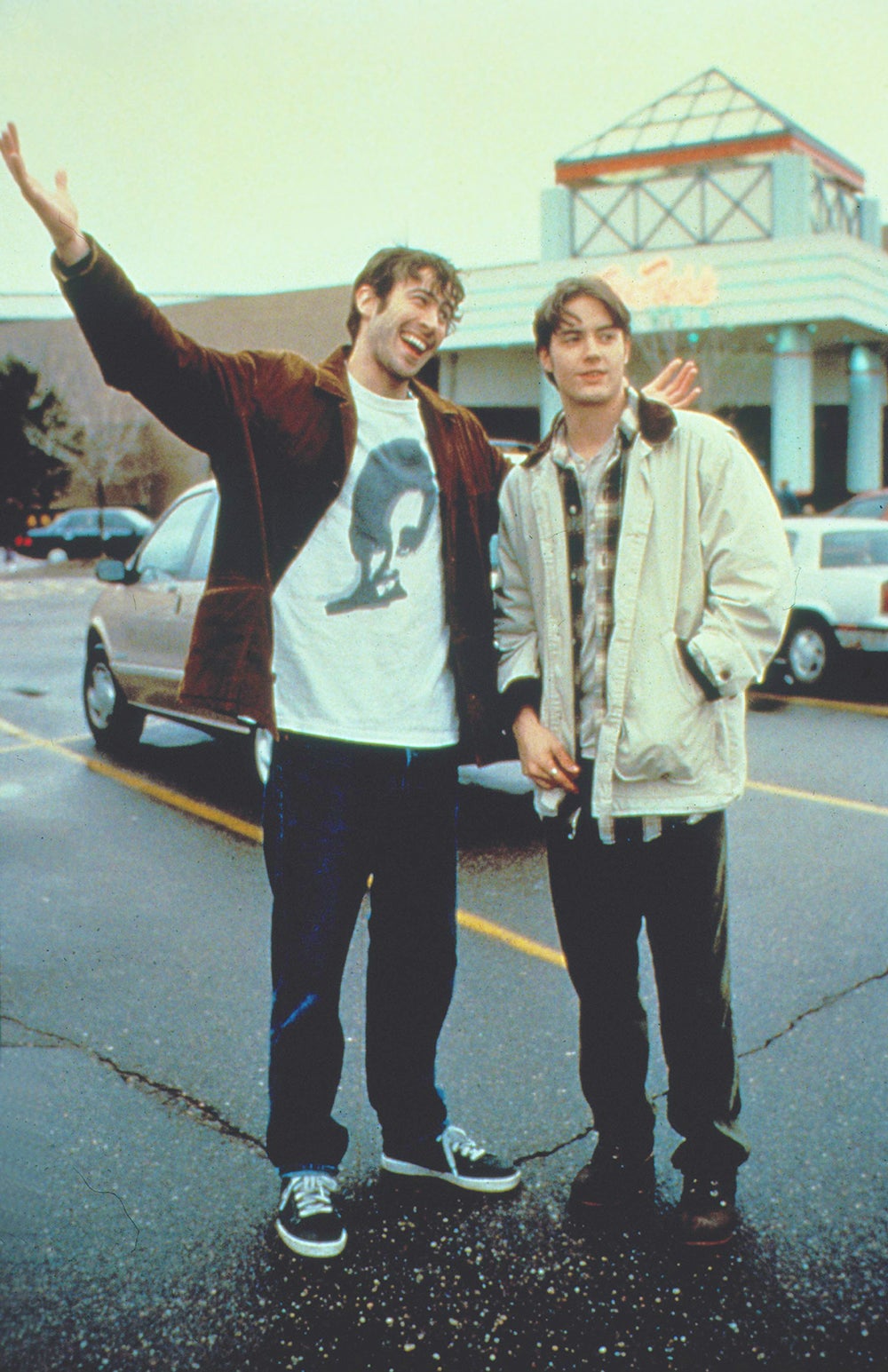The inventor of the shopping mall hated what they became. Then the teenagers arrived
For multiple generations of teenagers, the shopping mall wasn’t for buying things, but for mooching aimlessly. As a new book delves into the history of the mall, Marianne Eloise asks whether meandering teens actually reinforced the true purpose of these brightly lit capitalist hubs all along


Your support helps us to tell the story
From reproductive rights to climate change to Big Tech, The Independent is on the ground when the story is developing. Whether it's investigating the financials of Elon Musk's pro-Trump PAC or producing our latest documentary, 'The A Word', which shines a light on the American women fighting for reproductive rights, we know how important it is to parse out the facts from the messaging.
At such a critical moment in US history, we need reporters on the ground. Your donation allows us to keep sending journalists to speak to both sides of the story.
The Independent is trusted by Americans across the entire political spectrum. And unlike many other quality news outlets, we choose not to lock Americans out of our reporting and analysis with paywalls. We believe quality journalism should be available to everyone, paid for by those who can afford it.
Your support makes all the difference.In “coney island”, her collaboration with The National, Taylor Swift sings: “We were like the mall before the internet/ It was the one place to be.” It’s surprisingly astute. The mall, at least as a central place of connection, has been losing its cultural cachet for a while. But it’s not related to the ongoing death of the high street, catalysed by the convenience of online shopping. Because, when you think about it, the mall was never really about buying anything.
The shopping mall as we know it – a fully enclosed, weather-controlled shopping complex – was pioneered by Victor Gruen, an Austrian-born architect working in the US. Gruen intended to architecturally mimic the Greek agoras and town plazas of Europe, offering people a place to go in a country that so often requires cars just to move around. It would provide a communal space to congregate, and the first enclosed shopping mall – Southdale Centre in Edina, Minnesota – opened in 1956 to do just that. (Sidenote: Walt Disney, aspiring designer of utopian cities, was inspired by Gruen.) Gruen’s malls were intended to include apartment buildings, schools, medical facilities, parks and even lakes. In the end, they did not.
In 1978, Gruen distanced himself from what malls had become, calling them “bastard developments” disfigured by “the ugliness and discomfort of the land-wasting seas of parking”. Maybe, in many ways, the American mall – totem to capitalism that it became – was the antithesis of his European socialist ideals. But despite that, the mall became central to American and later British life, offering space – particularly to adolescents – to just hang out, which was closer to Gruen’s vision. While you can spend money in a shopping centre, you don’t have to. Malls offer benches, fountains and food courts. It’s not just permitted but expected that lazy teens will do nothing in them.
The UK’s first shopping centre, The Bull Ring in Birmingham, opened in 1964, just a decade after Gruen’s first US mall. Still, it’s images of American malls that loom in our cultural imagination. Impossibly gorgeous California girls shoplifting. Friends getting locked in shops overnight. Lazy stoners kind of mooching along. Mean Girls. Mallrats. The OC. Clueless. Hanging around in a Midlands shopping centre, while not the same, would have happened for most of us even without seeing those images – it’s weatherproof, free and stimulating – but the American mall, as seen on screen, provided a cultural touchstone for what we were doing. As a young grebo in the mid-2000s, when malls still had CD shops and one or two alternative stores, going to one was an event. For me, though, it was always American malls that I was aspiring to – Hot Topic rather than Blue Banana. We take what we can get.
Alexandra Lange is the author of Meet Me By the Fountain: An Inside History of the Mall, a definitive look at what the mall means to us. “I am a child of the Eighties, so I grew up with malls, and had teenage experiences there that I share with a huge number of people,” she tells me. “At the same time, I’m a design critic who writes about public space, and to many in the profession, malls are anathema. This book was a way of trying to reconcile those two aspects of my life, at the point when the primary narrative about malls was being driven by photography showing them as left for dead.”
Those images upset Lange, and forced her to think about “dead” malls in a different way – not as skeletons, but as something pointing towards the future. “I couldn’t believe that a space that provoked such strong feelings couldn’t have another life, and didn’t have a deeper history than most people realised,” she says.
That prompted her to research the past, present and future of the mall as a communal space. “I believe malls have lost their way, in the sense of being the community spaces that Gruen envisioned,” she says. However, there is more to what has made malls obsolete. “I think their increasing ubiquity made more malls in more places more alike and more boring, in a way that failed to recognise the huge demographic changes in the suburbs,” she says. “There are a few successful [architectural] projects that have brought that back, but – even so – they range from ethnocentric malls to mixed-use redevelopments with community colleges and housing and office space.”
As a badly behaved teenager living in semi-rural England, the only thing that suppressed my teenage impulses were trips to either my local mall or a special one further afield, like Sheffield’s Meadowhall. Good malls aren’t just about the shops inside them, but rather their other features – palm trees, seating, art. They make the space stimulating and exciting without spending a penny. When I was in one of my favourite malls, I found it hard to get into trouble.
“Until recently, no one ever designed a space for adolescents,” Lange says. “But malls have most of the elements that you would put in a space designed for adolescents. A loose safety net. A low cost of entry. Spaces to sit designed for socialising [and] people watching. Climate control. Stores for every niche interest.”

In part, it’s easy to see how the shifting ways teenagers communicate and connect with one another have contributed to the decline of the mall. Just look at the history of teen TV. The OC had the diner on the pier, Buffy had The Bronze. In Euphoria, there’s no central out-of-school space where the main characters happen to run into one another. This transition started with Josh Schwartz’s Gossip Girl, the first phone-centric teen series – as such it’s entirely decentralised, with Leighton Meester’s Blair able to torture her peers all over the Upper East Side with just a few text messages.
Today, adolescents can make plans on a whim without waiting for someone to pick up a landline, and having a space to go is less of a necessity either narratively or IRL. “Teenagers don’t need to meet at the mall anymore to communicate, or to show off, or hang out, or hear the latest music, and that has lessened their hold,” says Lange. She points to Netflix’s To All the Boys I’ve Loved Before, one of the most popular recent teen movies, as totally lacking in a mall scene.
That being said, Lange doesn’t think online and offline experiences are equivalent, and she thinks teenagers would still rather be together in person. “For many, the barriers to getting to the mall have only increased – more dangerous roads, less parental time, less free time – and codes of conduct can make many feel unwelcome when they are there,” she says. She adds, though, that when adolescents do get together now, they perform “hybrid socialising” – texting absent friends and sharing memes. In that way, the phone is an extra rather than a barrier to connection.
Many factors have led to the decline of the mall: online shopping, the pandemic, new decentralised spaces to connect. But its importance in our collective consciousness lingers still, and nostalgia for what that space once meant is also apparent in shows like Stranger Things. That said, what the mall needs – as Lange hopes – is not nostalgia but a solid future. Online shopping isn’t going anywhere, but maybe returning to Gruen’s original vision of the mall as a space for community and connection is the only way forward.
‘Meet Me By the Fountain: An Inside History of the Mall’ by Alexandra Lange is out now, via Bloomsbury



Join our commenting forum
Join thought-provoking conversations, follow other Independent readers and see their replies
Comments